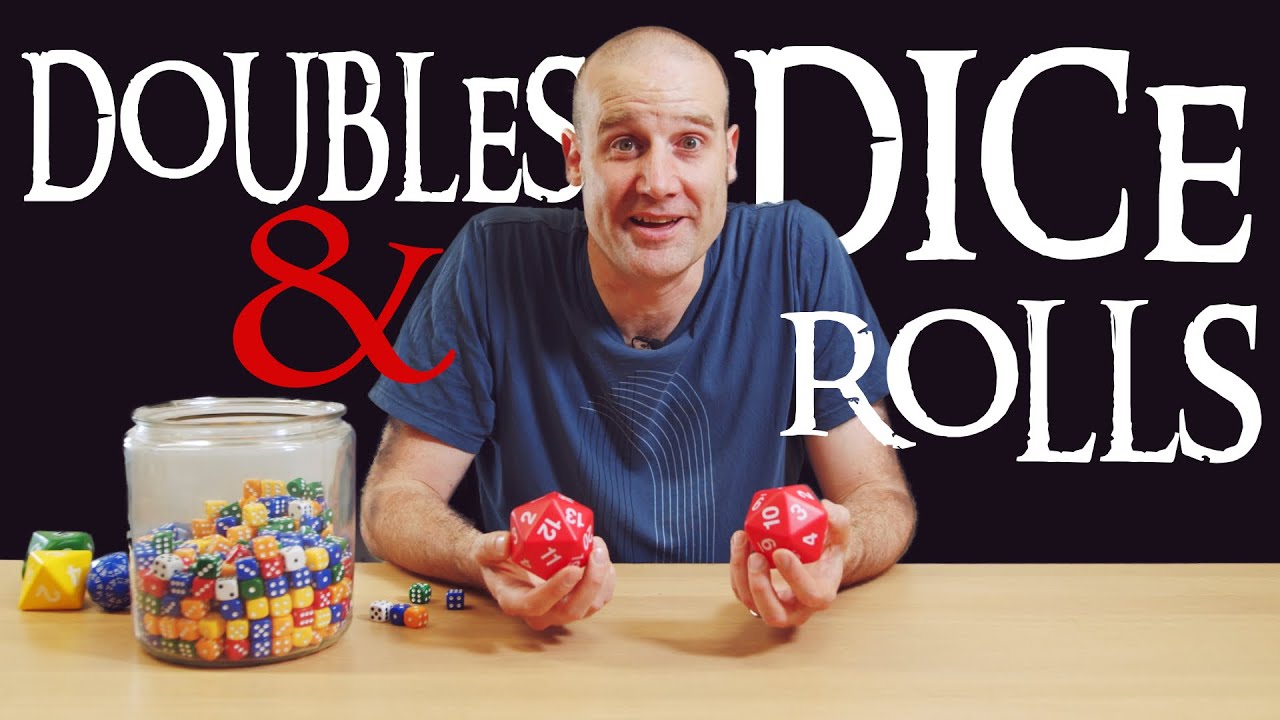Stand-up Maths
Check out Jane Street’s icosahedron puzzle:
https://www.janestreet.com/IMO2022/
2022 International Mathematical Olympiad!
https://www.imo2022.org/
If you want those d60 and d120 we sell them on Maths Gear or you can go direct to The Dice Lab.
https://mathsgear.co.uk/collections/dice
https://www.mathartfun.com/thedicelab.com/d120.html
Here is my terrible python code.
https://github.com/standupmaths/higher_of_two_rolls
Thanks to Gilad Levy for sending in the question. This is the best collection of maths about the problem we found at the time: https://rpg.stackexchange.com/questions/14690/how-does-rolling-two-d20-and-taking-the-higher-affect-the-average-outcome
But much of that looks at getting a certain value OR GREATER whereas I focused on specific values and the average value.
I’ve also noticed that Chalkdust just beat me with a similar article. Nice to see a different way (induction) to derive the same probability of getting specific value equation! https://chalkdustmagazine.com/features/slaying-the-dragon/
Cheers to my Patreons for buying me all those dice. If you think I still don’t have enough dice, get involved here: https://www.patreon.com/standupmaths
CORRECTIONS
– Yes, on the bar chart axis it goes 2%, 4%, 2%, 4% instead of 2%, 4%, 6%, 8%. First spotted and pointed out by Deadeaded. It was just because I was copying and pasting in photoshop and forgot to edit it. Not because I was making that chart in a bar.
– At 23:07 I have (n=1) in the graphics which should be (n-1). Or maybe I put in two – and you should pick the highest. (Pointed out by Leick Robinson.)
– Marco Davi correctly noticed that the fifth Rhombic Dodecahedral Number is 369, not the 269 you see at 21:46.
– Let me know if you spot any other mistakes!
Filming and editing by Alex Genn-Bash
Dice gluing by Alex Genn-Bash
Putting 1/n in front of everything by 1/nMatt 1/nParker
Music by Howard Carter
Design by Simon Wright and Adam Robinson
